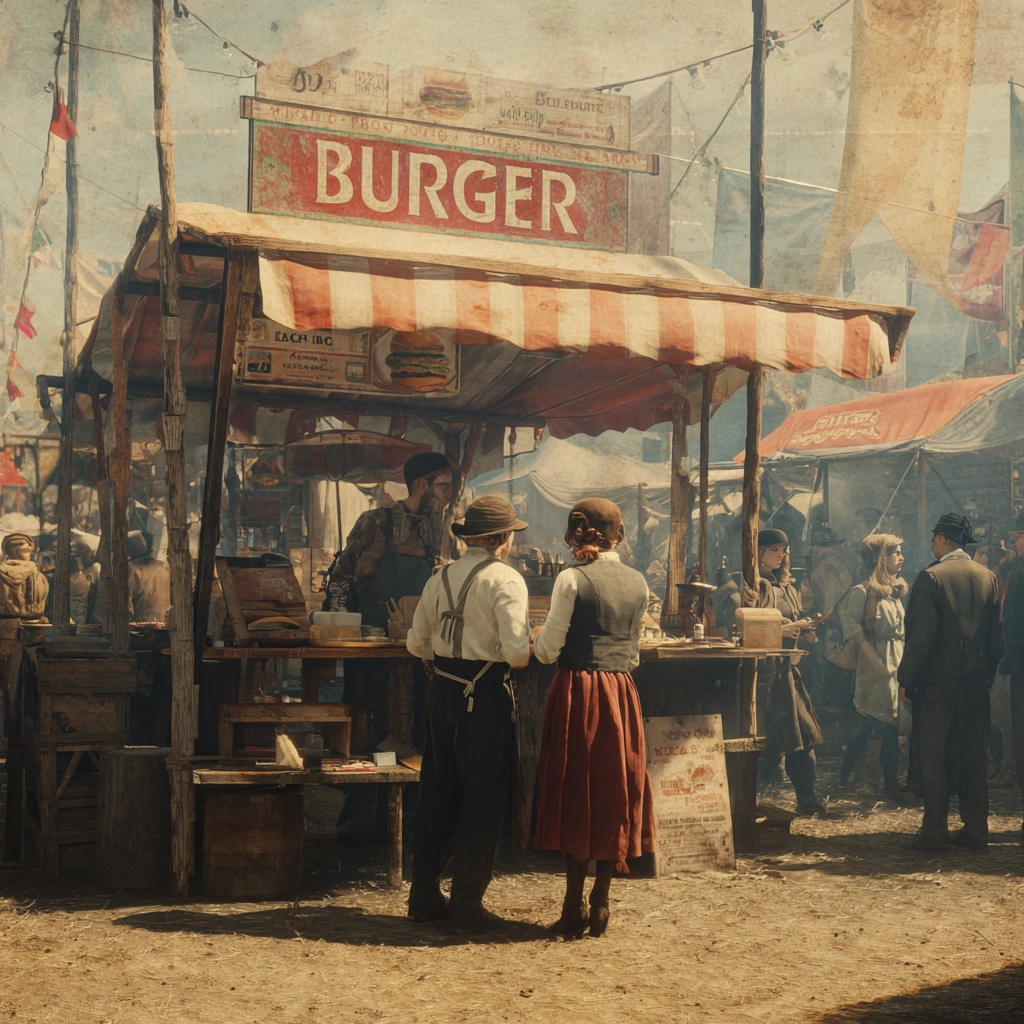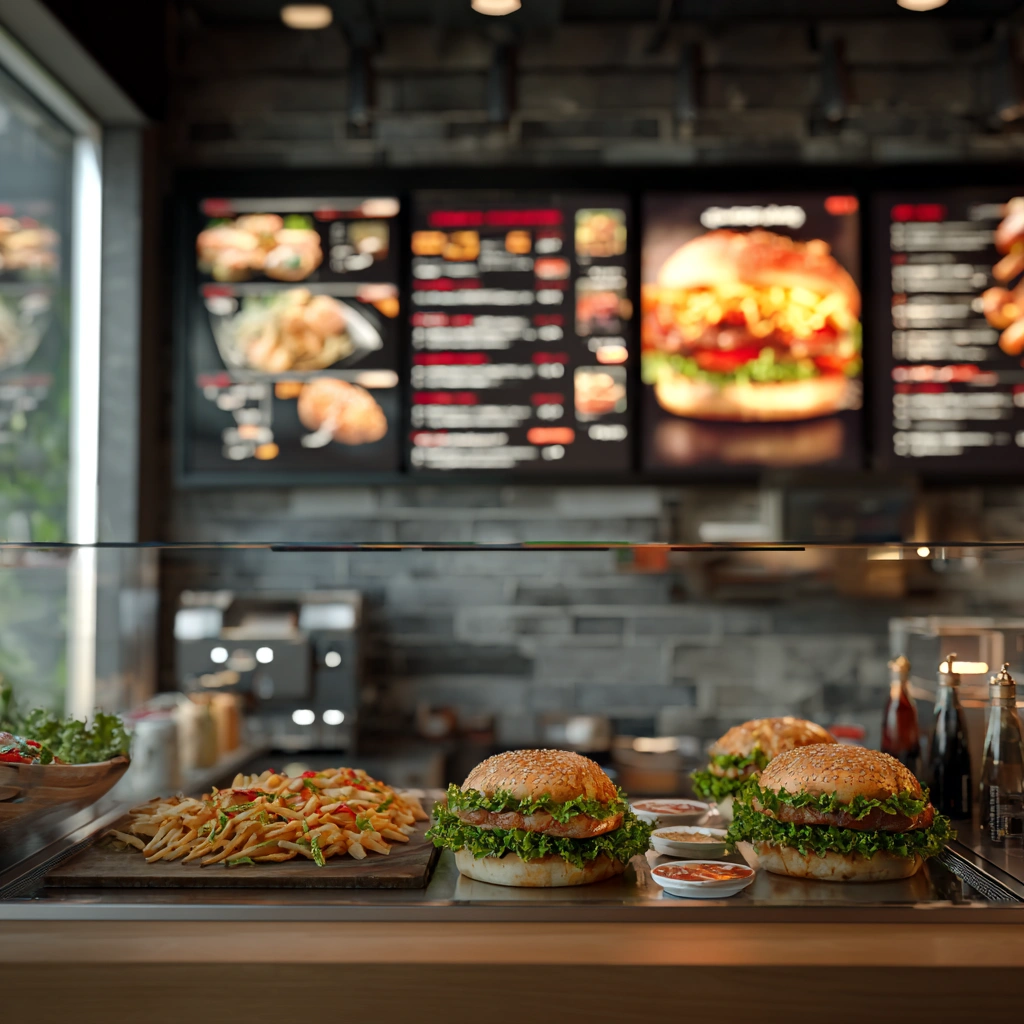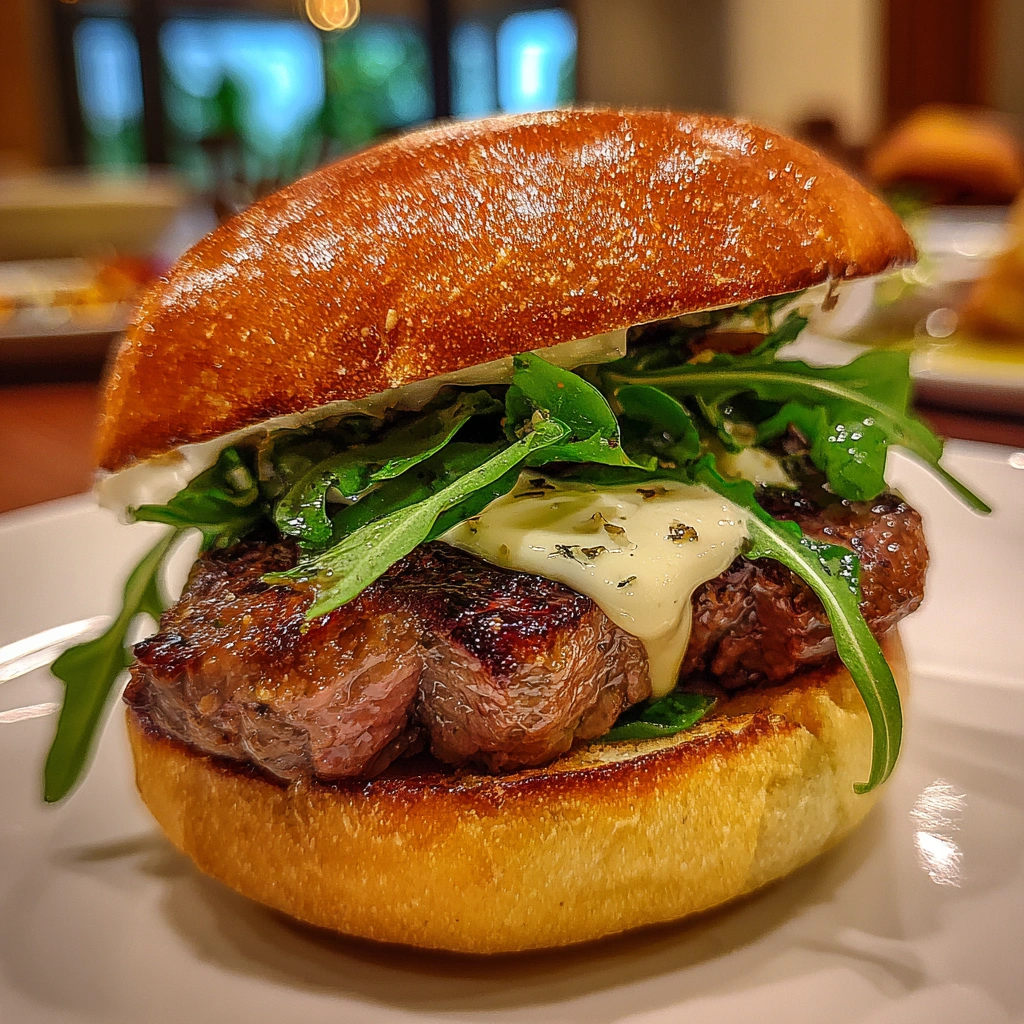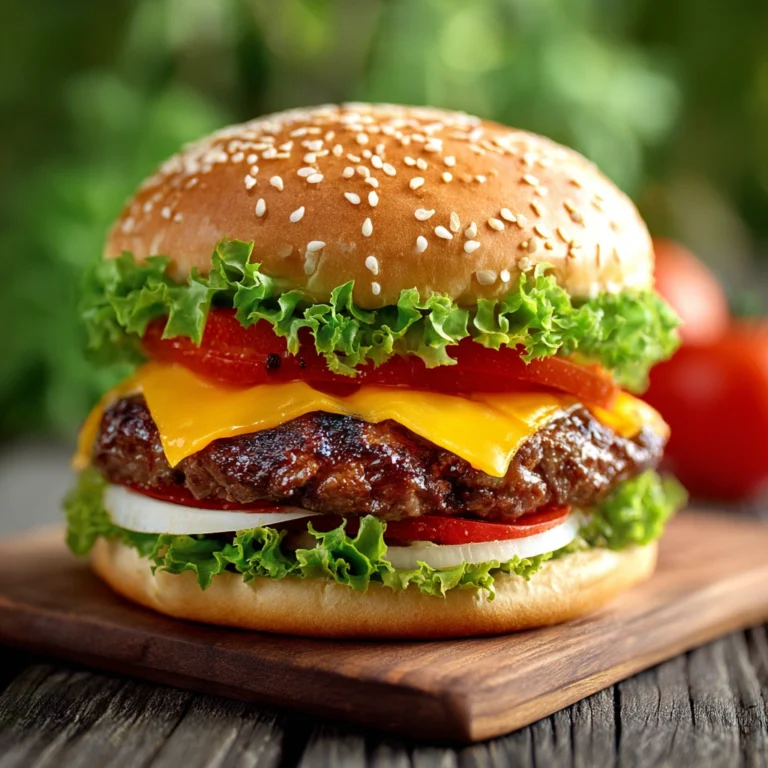The history of burgers is not just a tale of fast food—it’s a journey through time, culture, and culinary creativity. From ancient minced meat dishes to the sizzling patties we devour today, burgers have evolved into a global icon. Yet, few people truly understand where they came from, who invented them, and why we call them “hamburgers” even though they contain no ham.
This article dives deep into the history of burgers, exploring their international roots, American innovation, and the legends behind their invention. Whether you’re a burger enthusiast or just curious about food history, get ready to discover surprising facts, cultural influences, and even how the burger became an American staple. Discover great ideas like the Truffle Smash Burger as we trace this mouthwatering story from Hamburg to Hollywood.
Table of Contents
Origins of the Burger: Tracing the Roots
Ancient Meat Patties and Global Influences Before the Modern Burger
The history of burgers actually predates America. Long before the classic bun-meat-bun combo, early civilizations enjoyed seasoned ground meat shaped into patties. The Mongols were known for eating raw minced meat, tenderized under saddles during long rides—an early version of what would evolve into steak tartare.
Meanwhile, in the Roman Empire, people consumed spiced ground meat patties mixed with wine and herbs. These dishes reappeared in later centuries, particularly in Germany, where minced beef became known as Hamburg steak. Served with onions and gravy, this dish laid the groundwork for the burger as we know it today.
How Hamburg Steak Inspired the American Hamburger
The pivotal moment in the history of burgers came when German immigrants brought Hamburg steak to American shores in the 1800s. New York, especially, saw a boom in street vendors and restaurants offering the dish to port workers and travelers.
To make it more portable and appealing, some vendors began placing the Hamburg steak between slices of bread. This innovation quickly caught on, offering a handheld, hearty meal for busy Americans. While the exact person who did this first remains debated (we’ll cover that in Part 2), it’s clear that Hamburg steak was the direct ancestor of the modern hamburger.
As America industrialized and street food gained popularity, the burger transitioned from an immigrant specialty to a nationwide favorite. Today, its global variations still reflect those early influences.
Check out the beefy excellence of Black Angus Gourmet Burgers for a modern take inspired by those first patties.

Who Invented the Burger? A Look at the Claims
The Contenders Behind the First Burger
In the history of burgers, multiple inventors stake their claim. Charlie Nagreen of Wisconsin allegedly served the first hamburger in 1885 by flattening a meatball and placing it between bread. That same year, the Menches Brothers claimed they switched from pork to beef at a fair, seasoning it and serving it sandwich-style. Meanwhile, Louis Lassen, a Danish immigrant in Connecticut, served ground steak between toast in 1900. His restaurant, Louis’ Lunch, is recognized by the Library of Congress as the birthplace of the American hamburger.
Why the Origin Remains Disputed
The early history of burgers is clouded by limited records. Different regions were developing similar ideas at the same time. It’s likely the burger’s invention was evolutionary, shaped by working-class needs for fast, handheld meals. While no one can claim full credit, these early innovators all helped shape what we now know as the classic burger.
Learn more about bold creations like the Kobe Burger that continue to evolve from these early traditions.
Are Hamburgers German or American? The Cultural Tug-of-War
German Roots in the Name
The history of burgers begins in Germany, where minced beef became popular as Hamburg steak. Named after the port city of Hamburg, it was brought to the U.S. by German immigrants in the 19th century. The dish was typically served without a bun, often with onions or gravy.
American Reinvention
While the name is German, the modern burger is truly American. It was in the U.S. that the patty was placed between bread, making it a fast, portable meal. American fairs, diners, and street vendors turned the concept into a cultural icon. So, while Germany gave us the inspiration, America gave us the burger as we know it.
The history of burgers proves that this beloved food is a fusion of global roots and American creativity.
Don’t miss our unique spin on flavor with the Peanut Butter and Jelly Burger, a true example of American innovation.
The Rise of the Burger in 20th Century America
White Castle and the Birth of Fast Food
The history of burgers shifted forever in 1921 when White Castle opened in Kansas. It was the first fast-food chain to standardize burger size, taste, and cooking. Their affordable, clean image helped burgers gain mainstream acceptance across America.
McDonald’s and the Burger Boom
In the 1940s, the McDonald brothers introduced an assembly-line system that revolutionized burger production. When Ray Kroc franchised it in the 1950s, McDonald’s helped turn burgers into a global phenomenon. The history of burgers can’t be told without these iconic names that shaped modern food culture.
Check out the bold flavors of the Carls Jr Hangover Burger Girl—a modern tribute to fast-food creativity
Global Expansion: The Burger Goes Worldwide
Burgers Adapt Around the Globe
As American fast-food giants expanded, the history of burgers entered a new phase—global influence. Chains like McDonald’s and Burger King adjusted menus to suit local tastes, from teriyaki burgers in Japan to paneer patties in India.
Local Twists and International Favorites
In many countries, burgers now feature regional ingredients like rice buns, fried eggs, or spicy sauces. These local adaptations prove how the history of burgers is still evolving as a global food story.

Don’t miss our international-style twist, the Truffle BurgerBest, a gourmet take on a world favorite.
Gourmet and Specialty Burgers in Modern Cuisine
From Fast Food to Fine Dining
In recent years, the history of burgers has taken a gourmet turn. Chefs now use premium ingredients like Wagyu beef, foie gras, and truffle aioli to elevate the classic burger into fine dining territory.
The Rise of Plant-Based Burgers
With health and sustainability in mind, plant-based options like Beyond and Impossible Burgers are reshaping the history of burgers for modern eaters. These meatless alternatives cater to vegans and curious foodies alike.
Check out the creative flavor mashups in our Hangover Burger No Bacon, designed for indulgence and variety.

Fun Facts and Milestones in Burger History
World Records and Burger Firsts
The history of burgers includes some outrageous milestones. The world’s largest burger weighed over 2,000 pounds. There’s even a National Burger Day celebrated annually in the U.S.
Pop Culture and the Burger Craze
Burgers have appeared in movies, TV shows, and even music videos. From Wimpy’s catchphrase in Popeye to Burger King’s viral campaigns, the history of burgers is deeply tied to pop culture and entertainment.
Looking for bold new ideas? Try the twist-packed Steakhouse Burger for a flavor explosion.
Cultural Impact of Burgers in America and Beyond
An American Icon
The history of burgers shows how this simple sandwich became a symbol of American culture. It’s tied to everything from road trips and barbecues to sports and politics.
Global Love for a Local Idea
Though born in America, the burger now speaks a global language. From street carts in Bangkok to cafés in Paris, the history of burgers proves it’s more than a meal—it’s a global cultural icon.
Explore more food legends like our Health Benefits of Natural Peanut Butter—a perfect pairing for burger lovers.
FAQs: History of Burgers FAQs
Who invented burgers?
Several people claim to have invented the burger, including Charlie Nagreen, the Menches Brothers, and Louis Lassen. Each played a role in shaping the early history of burgers.
Who invented the burger 🍔?
While there’s no single inventor, Louis Lassen is often credited with serving the first hamburger in 1900 in Connecticut, according to the Library of Congress.
Are hamburgers German or American?
The name comes from Hamburg, Germany, but the burger as we know it is an American creation. The history of burgers blends both cultures.
Why is hamburger called hamburger?
It’s named after Hamburg steak, a German minced beef dish. Over time, the name stuck, even though there’s no ham involved in the recipe.
Conclusion
The history of burgers is more than just a food story—it’s a tale of global influence, American innovation, and cultural evolution. From Hamburg steak to plant-based patties, burgers have transformed while staying rooted in tradition. Whether you enjoy a fast-food classic or a gourmet twist, every bite connects to a fascinating past.
Don’t miss our rich collection of burger creations like the Carls Jr Hangover Burger—a modern take rooted in history.
Print
Truffle Smash Burger: A Gourmet Twist on a Classic Icon
This Truffle Smash Burger combines the rich umami of truffle aioli with the juicy, crispy edges of a perfectly smashed patty. A gourmet take on the classic American burger, it delivers bold flavor and elegant simplicity.
- Total Time: 20 minutes
- Yield: 4 servings 1x
Ingredients
- 1 lb ground beef (80/20 blend)
- Salt and pepper to taste
- 4 brioche buns
- 1 tbsp butter
- 4 slices sharp cheddar cheese
- Truffle aioli (store-bought or homemade)
- Caramelized onions
- Arugula or baby greens
Instructions
- Preheat a cast-iron skillet or griddle over high heat.
- Divide beef into 4 equal portions and roll into balls.
- Once the skillet is hot, place beef balls in and smash with a spatula until thin.
- Season patties with salt and pepper and cook for 2-3 minutes per side.
- Top each patty with cheese during the last minute of cooking.
- Toast buns with butter until golden.
- Assemble burger with truffle aioli on bun, followed by arugula, patty, caramelized onions, and top bun.
- Serve immediately while hot and melty.
Notes
For a vegetarian twist, substitute with a plant-based patty. You can also add a fried egg or bacon for extra indulgence. Truffle oil can be used in place of aioli if preferred.
- Prep Time: 10 minutes
- Cook Time: 10 minutes
- Category: Main Course
- Method: Grilling
- Cuisine: American
Nutrition
- Serving Size: 1 burger
- Calories: 620
- Sugar: 5g
- Sodium: 740mg
- Fat: 42g
- Saturated Fat: 16g
- Unsaturated Fat: 22g
- Trans Fat: 1g
- Carbohydrates: 32g
- Fiber: 2g
- Protein: 29g
- Cholesterol: 95mg
